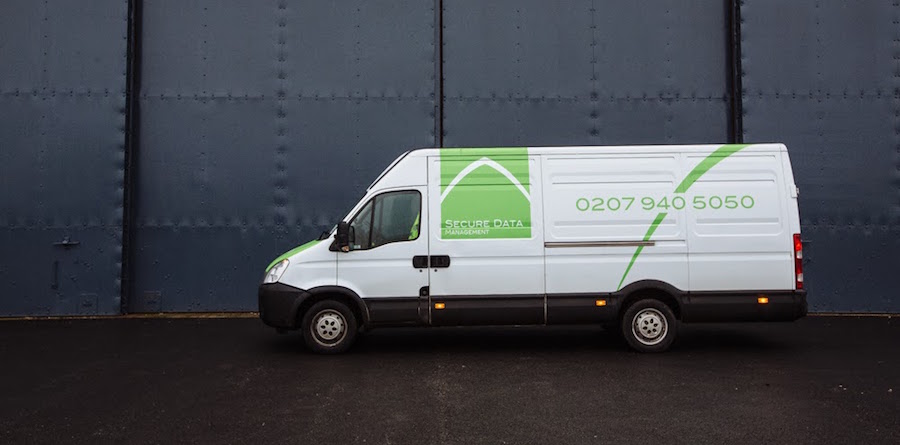Space really is the final frontier for many businesses. With the cost of every square foot rising each year, companies are looking to get more creative with their available floor and office file space. While you can’t simply conjure up new space, there are plenty of ways in which you can optimise your office without compromising efficiency – starting with document storage.
There’s no avoiding it, filing cabinets are bulky. While some businesses are able to get away with having just one tucked away in a corner somewhere, others have them liberally spread throughout the building or even have a whole room dedicated to files. This is often simply the result of an engrained protocol rather than a deliberate choice.
Documents and files are often kept to maintain accurate records. This means that many are never seen ever again once they go into the system. While there is absolutely nothing wrong with this, it is a little wasteful – particularly if space and resources are tight.
To learn about how you can ensure that your working in a green environment check out our post: The Green Office – Simple steps for an Eco-friendly office
Freeing Up Valuable Space
The most obvious solution, and one that is already employed by hundreds of businesses, is to take advantage of off-site document storage. This provides the perfect compromise between saving space and protecting records or archives.
Rather than throwing away forms, brochures and other documentation that you may require one day, you can simply store them elsewhere. Not only might this allow you to throw away unneeded cabinets and free up precious space, it can also refine your filing system. This means that only the most important and regularly accessed documents are available on-site.
In terms of archiving, this could provide a real breakthrough. If you need to keep a few versions of individual booklets, posters or other printed material for your own records or clients this can really mount up over the years. Of course you may need them for case studies, future reference or as a backup, but most don’t need them instantly or in great numbers. Therefore you can keep a couple of originals on-site and then ship the rest to a storage facility.
Ultimately, to make space you will always need to remove something. This isn’t going to turn into a lesson about physics, but every item has an optimum capacity; once this is reached, it is impossible to make it stretch any further. You may choose to buy an additional filing cabinet or upgrade your existing unit to a larger alternative, but this will only serve to use up more room in the office and add further costs.
So what can you do? Well, here are 3 suggestions as to how you can reduce your current documentation and increase file space:
1. Carry Out A Full Audit
It’s easy to continue collecting documents until capacity is reached and never really consider the consequences. This can mean that your cabinets may become filled with papers that have little or no significance. Only by carrying out a full review of your documents will you be able to establish what you need and, more importantly, what you don’t. It can be time consuming and will require a certain amount of ruthlessness. However, once complete you should be able to free up a reasonable amount of space. This will also provide an opportunity to re-categorise or even digitise some of your documents to make future audits easier.
2. Shred Unwanted Documents
If you do unearth a number of documents that can be thrown out, make sure that you dispose of them safely. Depending on the volume, you may even need to outsource this to a company offering a document shredding service. Anything containing personal details or other potentially valuable data should always be destroyed and never simply thrown out. So be careful when thinning out your filing cabinets and get a system in place for unwanted documentation.
3. Outsource Your Archiving
Archived documents can take up a great deal of space. All sorts of businesses need to maintain a full inventory of past work, from design studios to law firms. Invariably the amount of work produced will have a major impact on the size of an archive, but if it has become unruly and unmanageable then let someone else take on the responsibility.
Outsource your archive and maintain similar levels of accessibility without demanding so much of your valuable office space.That way you won’t need to compromise your records but can still free up a few extra square feet. There is a cost attached, but that could well prove to be a small price to pay.
Maintaining a comprehensive filing system is a big job and it demands plenty of space. Even with recent moves towards digital documentation, most businesses still require physical copies and somewhere to keep them. As a result, it’s important that document storage is properly managed and space is monitored. Whether you keep it in-house or outsource your archiving, there are plenty of solutions to any storage dilemmas.











